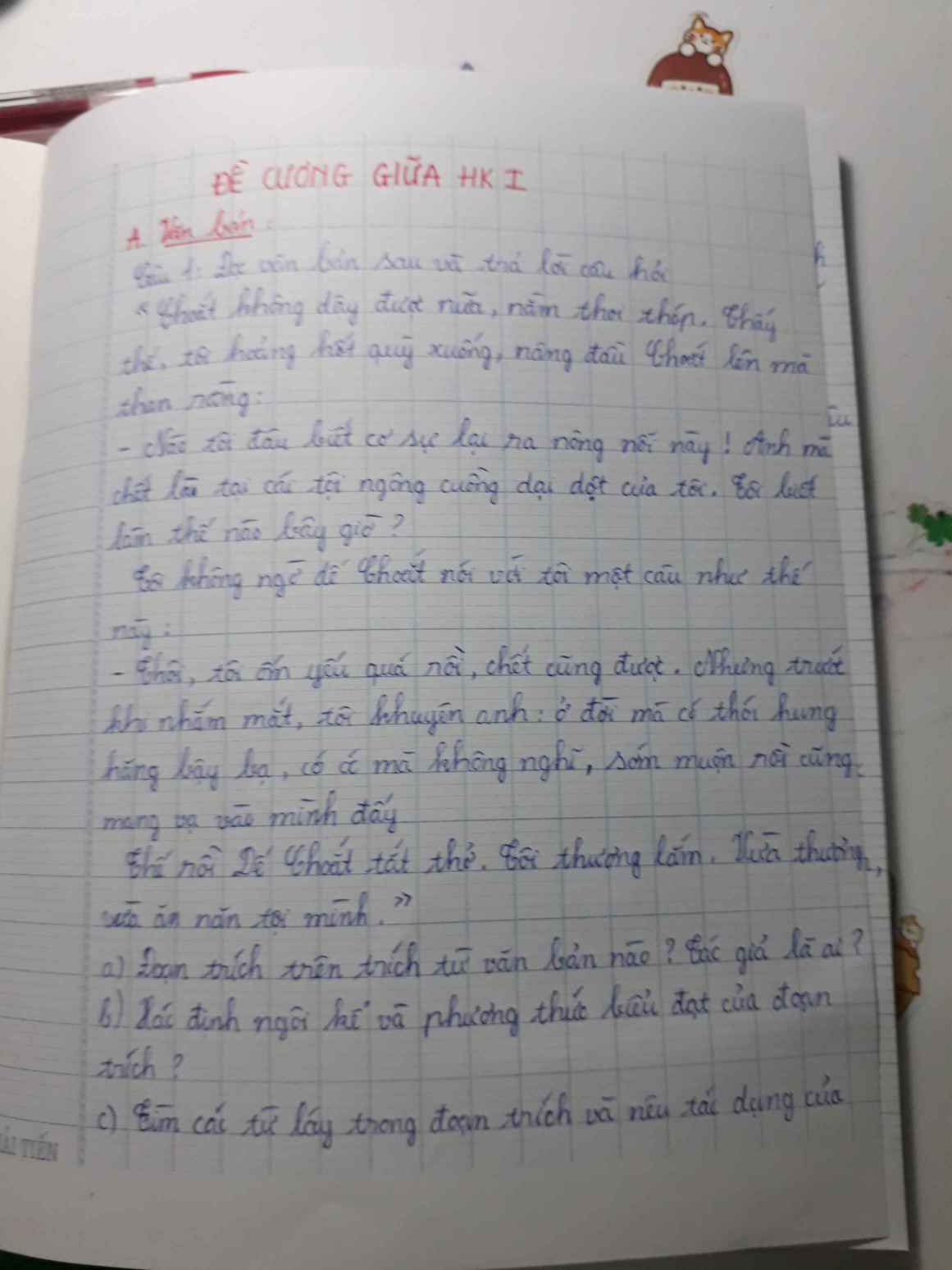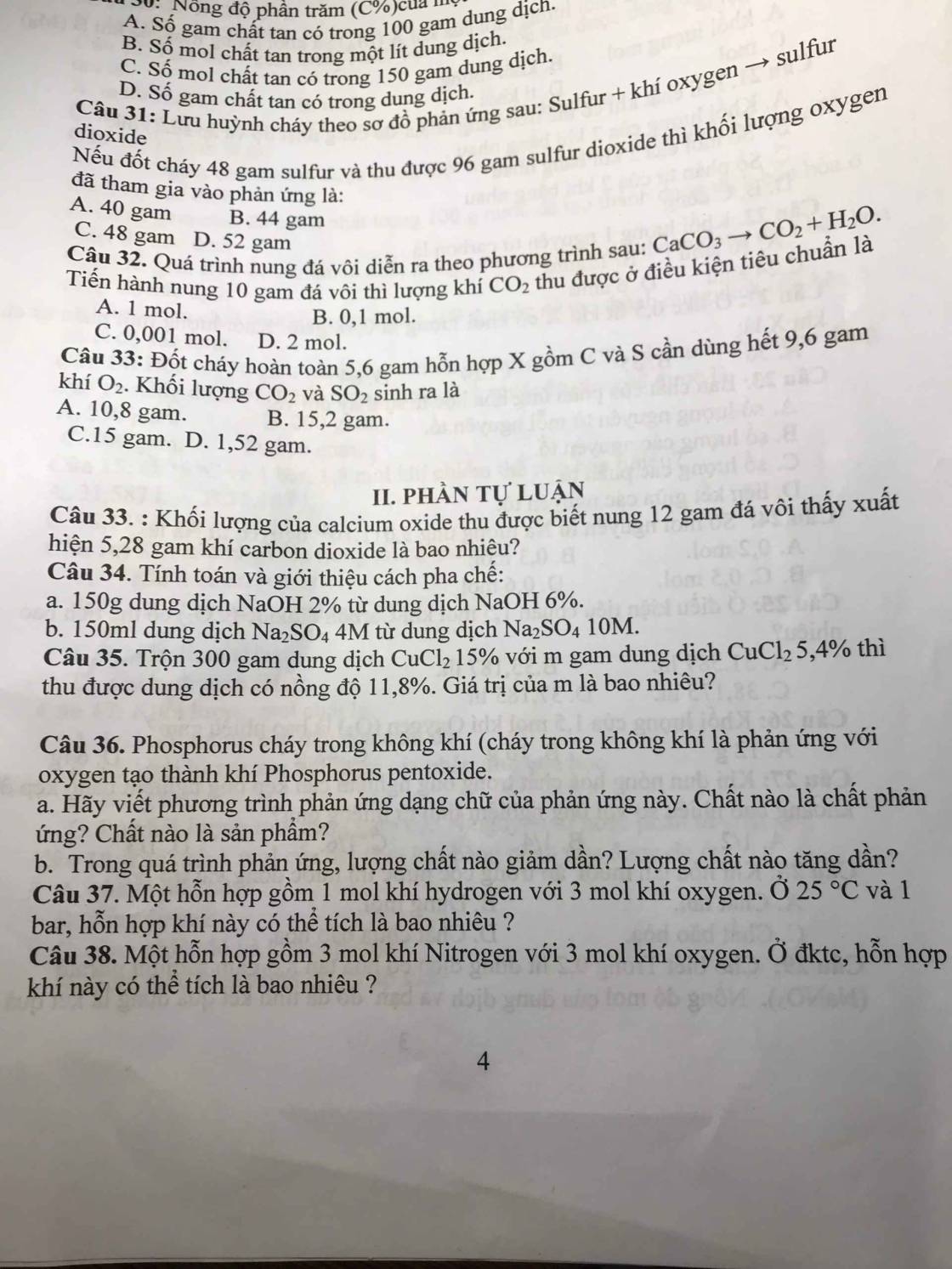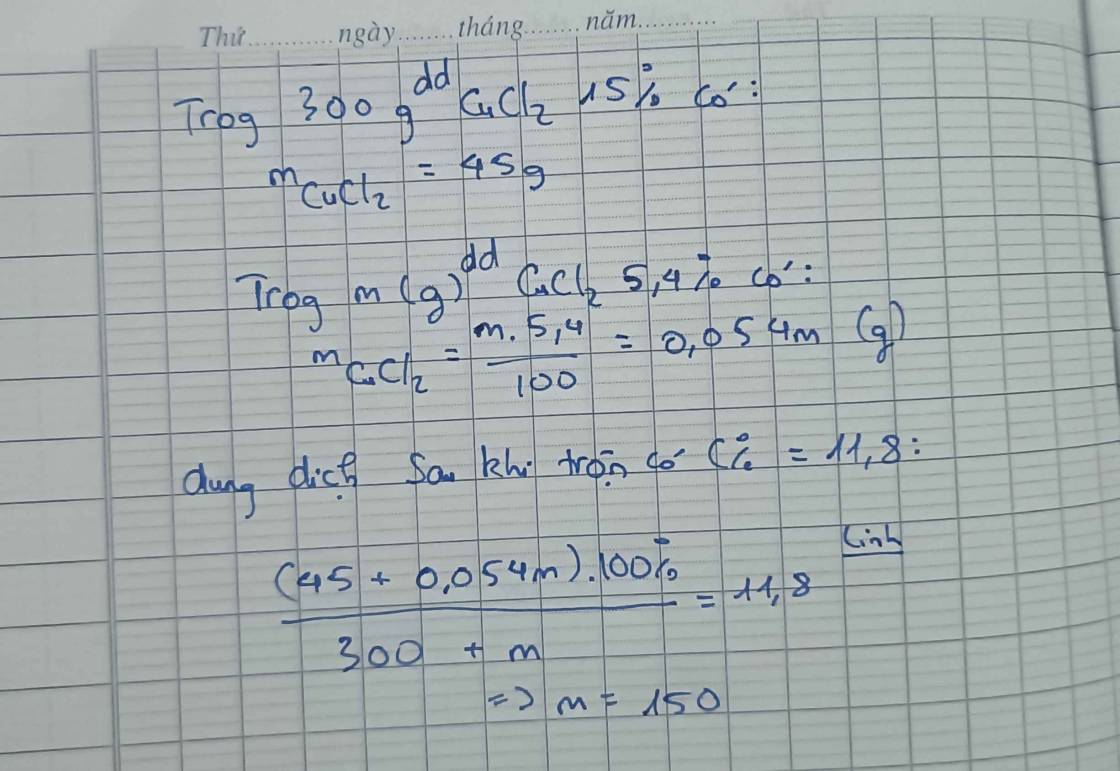Chỉ em với ạ sắp thi rùi câu C á 

Hãy nhập câu hỏi của bạn vào đây, nếu là tài khoản VIP, bạn sẽ được ưu tiên trả lời.


- có 3 khu vực:
+ Phía Bắc: dãy hi-ma-lay-a hùng vĩ, chạy theo hướng Đông Bắc-Tây Nam, dài gần 2600km,rộng từ 320-400km.
+ Giữa là đồng bằng ấn hằng, rộng và bằng phẳng. chạy từ bờ biển a-rap đến vịnh ben-gan. dài hơn 3000km,rộng từ 250-350km.
+ Phía nam là sơn nguyên đê-can thấp và bằng phẳng. Hai rìa phía đông và phía tây là 2 dãy gát đông và gát tây.

Lời giải:
$A> \frac{1}{5.6}+\frac{1}{6.7}+\frac{1}{7.8}+...+\frac{1}{100.101}$
$A> \frac{6-5}{5.6}+\frac{7-6}{6.7}+...+\frac{101-100}{100.101}$
$A> \frac{1}{5}-\frac{1}{6}+\frac{1}{6}-\frac{1}{7}+...+\frac{1}{100}-\frac{1}{101}$
$A> \frac{1}{5}-\frac{101}>\frac{1}{6}$
---------------
$A< \frac{1}{4.5}+\frac{1}{5.6}+...+\frac{1}{99.100}$
$A< \frac{1}{4}-\frac{1}{5}+\frac{1}{5}-\frac{1}{6}+...+\frac{1}{99}-\frac{1}{100}$
$A< \frac{1}{4}-\frac{1}{100}< \frac{1}{4}$

a,Đổi: 3 lít nước = 3 kg nước
Nhiệt lượng cần thiết để đun sôi 3 lít nước:
Q=m.c.Δt= 3.4200.(100-22) = 982800 (J)
b, Nhiệt lượng bếp điện cần toả:
\(H=\dfrac{Ai}{Atp}.100\%\Rightarrow Atp=\dfrac{Ai.100\%}{H}=\dfrac{982800.100\%}{85\%}=1156235,3\) (J)
Thời gian đun sôi:
Q = P.t \(\Rightarrow\) t = \(\dfrac{Q}{P}=\dfrac{1156235,3}{1200}\approx\)963,5 giây\(\approx\)16 phút
c,Đổi: 1200W = 1,2kW
Số đếm công tơ điện của bếp điện nếu sử dụng 2h trong 365 ngày: 1,2.2.365= 876 (kWh)
Số tiền phải trả:1800. 876 =15768000(đồng)

Sau đây là gợi ý :
- Nêu thực trạng:
+ Vệ sinh môi trường nơi khu học hiện nay không được đảm bảo
+ Rác tràn lan trên sân trường và lớp học.
+ Bàn ghế bị vẽ bậy và không được kê ngay lối thẳng hàng
- Nguyên nhân:
+ Học sinh thiếu ý thức giữ gìn
...
- Hướng giải quyết
+ Nhà trường cần phải có những buổi giáo dục nâng cao ý thức cho học sinh.
+ Các em học sinh cần phải tự ý thức trách nghiệm giữ gìn khu học tập như nhà của mình.
Dẫn chứng bạn tự lấy nha
=> Bài học nhận thức

A = | x - 1 | + | x + 2012 |
= | 1 - x | + | x + 2012 |
≥ | 1 - x + x + 2012 | = 2013
Dấu "=" xảy ra khi ab ≥ 0
=> ( 1 - x )( x + 2012 ) ≥ 0
=> -2012 ≤ x ≤ 1
=> MinA = 2013 <=> -2012 ≤ x ≤ 1

em sẽ giải thích tác hại của mê tin dị đoan, khuyên mẹ không nên tin vào điều đó vì đó chỉ là những mánh khóe qua mắt người thường, để làm ra những điều không tốt, gây ảnh hưởng đến gia đình và xã hội
Ngăn cản
Nói về cái đó không có ích
Tuyền truyền về mê tín khái niệm

Bạn tk:
The gas giant Jupiter, the next planet beyond Mars in the solar system, is inhospitable to life in any currently imaginable form. But its icy moons – especially Europa – have potential. A number of missions have flown past Jupiter and its moons on route to other places, but Nasa’s Galileo mission was the first designed to specifically orbit the planet and study its moons. It collected images and data in the Jovian system from 1995 to 2003, passing Europa 12 times.
Jupiter’s moon Europa is one of the most likely places to harbour life outside Earth, with its liquid oceans and gravitational energy sources
Pictures and data collected by this spacecraft suggest that Europa has a layered structure like Earth: an iron-rich core, a rocky mantle and a crust of ice. Magnetic field measurements found an electric current inside, consistent with a salty liquid ocean beneath the thick crust of ice around the whole planet. Photographs showing huge cracks in the ice, taken by the same mission, support this idea.
Europa’s surface resembles Earth’s sea ice in Antarctica, explains François Poulet from the Institute of Space Astrophysics at the Université Paris-Sud in France: ‘It indicates that the ice is geologically pretty young and it could be proof of its interaction with a reservoir of liquid water.’ In December 2012, the Hubble Space Telescope also detected water vapour above Europa’s South Pole and it was proposed this came from erupting water plumes. Spacecraft have not yet seen these plumes, however, so if they do exist they must be intermittent.
So, Europa probably has water. But what about the other two necessary components to be habitable? It has a source of heat energy coming from the friction of being pulled towards Jupiter’s gravitational field by different amounts during different stages of its elliptical orbit. There is also plenty of radiation around Jupiter to potentially start chemical reactions (strong enough to also very quickly destroy any organic compound formed). But whether it has the correct raw chemical ingredients isn’t yet known; modelling suggests that it might, but more hard data is needed.
In 2022, both the European Space Agency (ESA) and Nasa plan to launch spacecraft that will get up close and personal with Europa. ESA’s Jupiter Icy Moons Explorer (Juice) will take over seven years to reach the Jovian system. ‘We will arrive at the end of 2029 and start operation during 2030,’ says Poulet, a member of the team developing the visible and infrared spectrometer onboard called Majis (Moons and Jupiter Imaging Spectrometer). The main target of the Juice mission is Ganymede, another of Jupiter’s moons, but Europa will receive two flybys. Majis will characterise the surface composition of this moon and – together with the UV spectrometer onboard – determine the composition of Europa’s very thin atmosphere. Other cameras and spectrometers will also help build understanding of this icy world’s interior and crust.
For Nasa’s Europa Clipper mission, Europa is the star of the show. While the seemingly obvious mission would be to orbit Europa for a few years, any spacecraft doing this would be exposed to life-shortening radiation from Jupiter. Instead, Europa clipper will orbit Jupiter, dipping in and out of its radiation belt. It will carry out at least 45 close flybys of Europa over three and a half years. A mixture of cameras and spectrometers will examine the moon and its tenuous atmosphere. If the water plumes above the South Pole do exist, it will also be able to fly through these and therefore directly measure the chemical composition of the moon’s ocean. If the Europa Clipper launches in 2022, there are two possible arrival times for it: 2025, if Nasa’s new Space Launch System (SLS) that is currently in development is used, or January 2030, if a traditional rocket is used.


 mọi người giúp mình câu 35 với ạ . Mai em thi rùi huhu
mọi người giúp mình câu 35 với ạ . Mai em thi rùi huhu